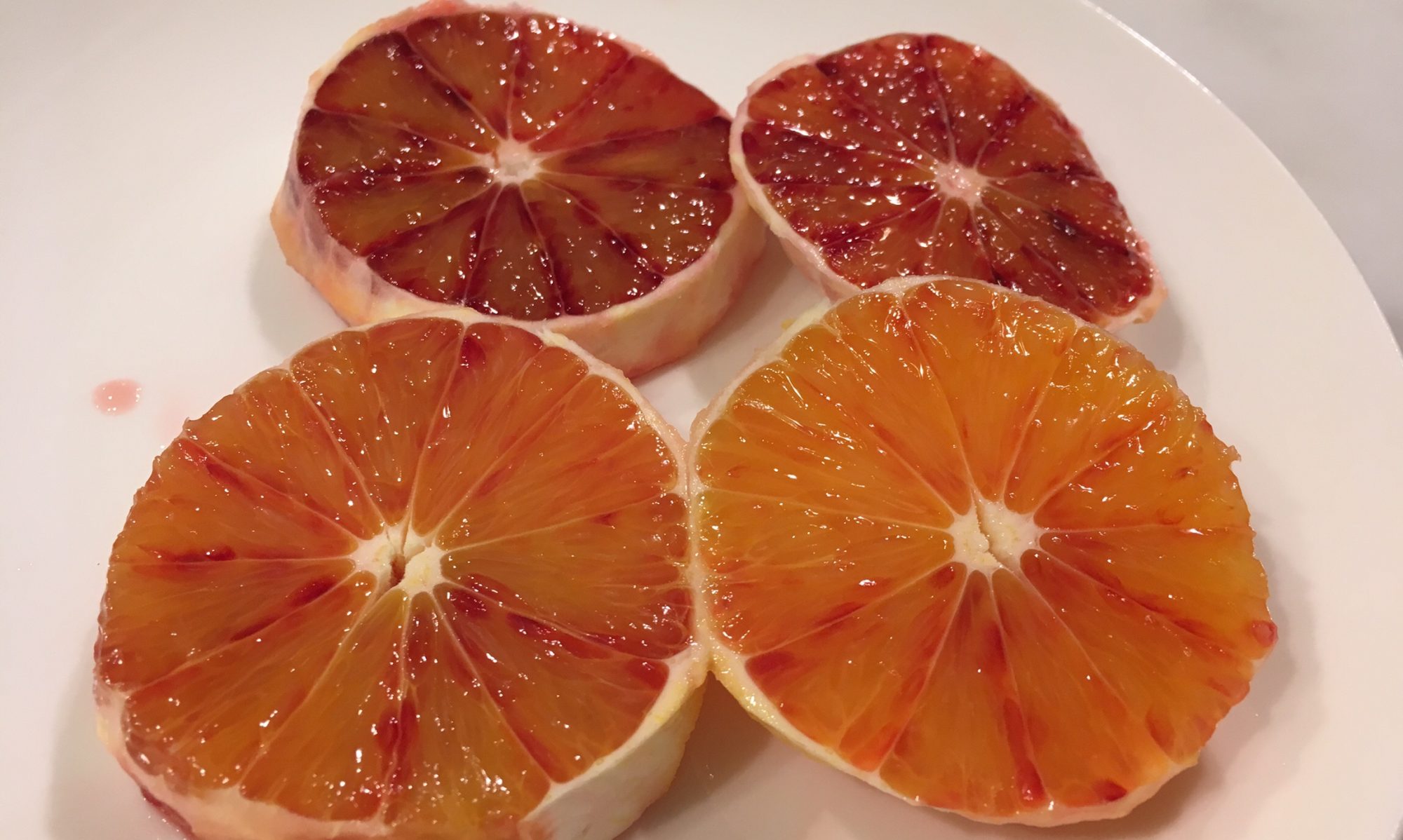Happy new year everybody!
After the break, we’re back with a lot of curiosity and interest in perfecting our cooking.
May this be the year in which you master anything that has been bugging you, or maybe the year in which you learn something new that you did not even know existed and it brings you lots of pleasure!
Which in my case seems to be Italian flour and breads. Brace yourselves…
The sheer terror of molasses
We randomly stumbled upon a Yotam Ottolenghi documentary on TV, in which he visited Sardinia and terrorised the locals by cooking food for them using their own traditional ingredients and adding pomegranate molasses at the end! Very funny looks from the elders, but they did admit the food was nice (after their initial skepticism).
Separately I really enjoyed learning about the regional breads in the area:
First there was pane carasau which is a sort of thin flat bread which was cooked in the fire oven and puffed up like a balloon while doing so, a bit like pitta bread. Then once taken out of the oven, the two halves were separated and I think cooked again, so it becomes a very dry piece of bread which shepherds would traditionally use. This reminded me to the tortas that are used in mountain or Castillian gazpacho, a stew made with meat and pieces from these stiff, basically crackers, flat breads. They’re typical in Castille but also in neighbouring mountain towns in Valencia and Alicante, for example Bocairent, where I once ate them in a very curious restaurant which is inside a cave, after visiting some of their popular caves excavated in the mountain (which were used as storage for food that could be spoiled, such as grains!).
Secondly there was a sweet and savoury confection called seadas or sebadas; it started with dollops of melted cheese that solidified and flattened when cooling down, then they were lifted and placed on pieces of puff pastry (I loved the way the lady cut them with the rotary pattern cutter), sealed and fried. Before consuming, I think you also put “a touch” of honey on top. These were consumed at weddings, and according to the baker, if there weren’t present, it was almost as if the wedding hadn’t taken place. I’d be happy to try this but I’m not too keen on deep frying things myself, so hopefully we can make it to Sardinia soon…!
The great Italian flour stash
I have a lot of heritage Italian flour at home for reasons, and so I’m trying to find out ways of using it with “authentic” recipes. (Research, I call it research).
For the durum I started researching “Focaccia Barese” as suggested in the label of the bag, and the pictures surprised me a lot as they look like a very loaded focaccia, unlike the simple version that I learned with just olive oil and perhaps some rosemary sprigs. It’s like a mix between focaccia and pizza, and also very disorientating, but I’m willing to give it a try. Why not?
Then Devvers suggested I looked into Altamura bread, which apparently is the first bread product in Europe which was given a DOP. The town also famously managed to “invite” McDonalds to abandon town as their panini were undoubtedly superior… (or maybe it was the peer pressure of the elders looking down on the youngsters daring to cross the door of the burger establishment). The story is very funny, read it.
The Altamura bread is made with a sourdough starter and durum semolina flour. Apart from its very distinctive flavour, it also seems to have a very long shelf life!
I have found a recipe for this, and via some of the links I ended up in this video…
…from which I learn that there’s such a thing as a department in Bari’s university focused on studying sourdough cultures and not only that but there’s a place called Puratos in Belgium which is literally a Sourdough Library and I am starting to wonder if I shouldn’t go and re-train as a sourdough scientist! 😌
I also have to research recipes for flours made with Tumminìa, Maiorca and Russulidda grains. Some of these are obscure enough that you can’t find much stuff in English. Good thing I can somewhat function in Italian! 🙂
The pizza gospel according to Marcella Hazan
Devvers had a craving for pizza and so we’ve been absorbing whatever Marcella had to said about pizza in the bible of Italian cooking (AKA her book).
Inevitably/obviously I have been tasked with making the dough, which I have done with a mix of her method and Dan Lepard’s. Given that the recipe creates a quite wet dough, Marcella advises to do two rounds of slap and fold separated with a 10 minutes rest time.
It was early in the morning and the year, so I decided to take it a bit easy and insert a bit more of rest after the initial mixing, like Dan would do, to let the flour absorb liquid before slapping it against the counter.
Other than that alteration in the method, I hope I have made Marcella proud as I’ve followed her instructions and slapped the dough “very hard”. I also adjusted the amount of water based on how the dough felt rather than just following instructions, which I find easier to do since I ran my A/B/C/D experiment.
Devvers prepared a very simple and pure tomato sauce yesterday and we both used extra virgin olive oil from la Alquería.
Timers have been set. The dough is proofing as I type this…
It’s going to happen!
